Event Photography Guide: 25 Tips and Examples

Taking photos of events is quite challenging: you have to catch a moment that won’t repeat again. It's important to know exactly how to capture a lot of people in one frame, the schedule of the event, what people should be photographed first, etc.
25 Tips to Make You an Event Photography Expert
Keep on reading these event photography tips not to miss something at your next event.
1. Have a Contract (Written by a Lawyer)
Find a good lawyer, who will help you draw up a contract, where all the terms of your cooperation with clients will be clearly outlined. This will ensure that you are protected if there are any misunderstandings during or after the shooting.
It's especially important for wedding photographers to have a watertight wedding photography contract.
2. Prepare a Shot List

The event photography shot list is a checklist of the shots your clients want you to take while shooting.
Having a wedding photography checklist, for example, won’t let you forget about an important photo in the hustle of a wedding.
Besides, the client will know what he/she will get in the end. Such a list of photos can also be considered as on-paper proof.
If your clients claim that you have forgotten something, you can check the shot list and find out whether they are right.
3. Wear Suitable Clothing

If you are shooting a classic wedding, put on trousers, a classic shirt, and even a tie. This will show your respect for the event and the level of your professionalism as well.
It's better not to come in shorts and a T-shirt to the cocktail dresses and tailcoats parties.
Find the dress code of the event (whether it is a birthday or corporate party) in advance and choose the outfit accordingly.
4. Be Punctual

Always be punctual – both during preliminary meetings with the client, and at the event itself.
My recommendation is to be at the place at least half an hour before the event starts.
You need time to park your car, unload all the equipment, set it up, inspect the shooting location, etc. Besides, there can always be unforeseen situations, for example, traffic jams.
5. Talk to the Customer in Advance
The more questions you ask, the better the result will be.
First, ask the clients about the event itself and what images they hope to get. What should be the style of the photo session? Is there something unacceptable in the aesthetics of pictures, etc.
6. Who Needs to Be Photographed
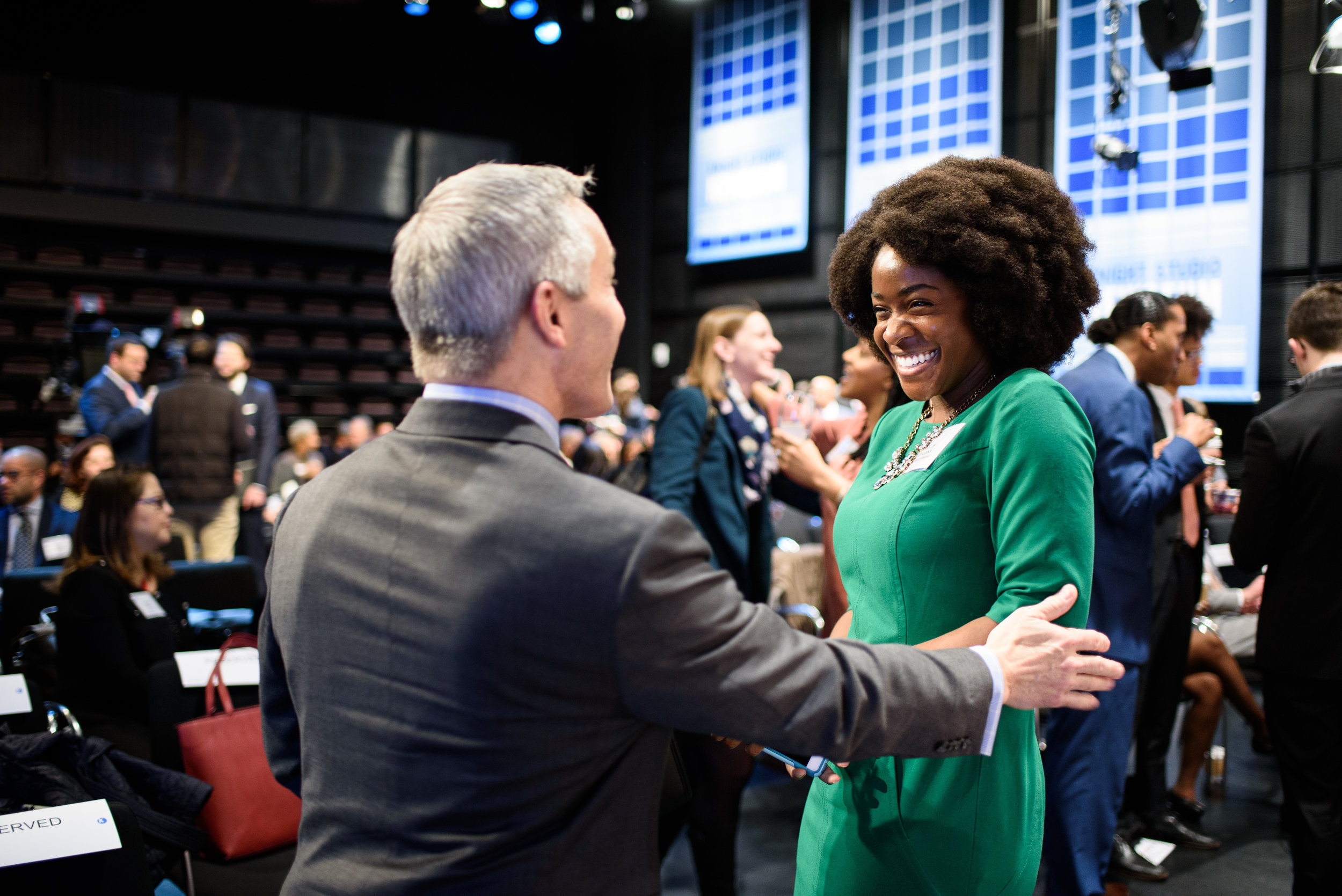
This point is even more serious when there are a lot of people at the event. You need to photograph not only the main person of the party (for example, a birthday man or newlyweds), but also their closest relatives, friends or colleagues.
7. Be Respectful
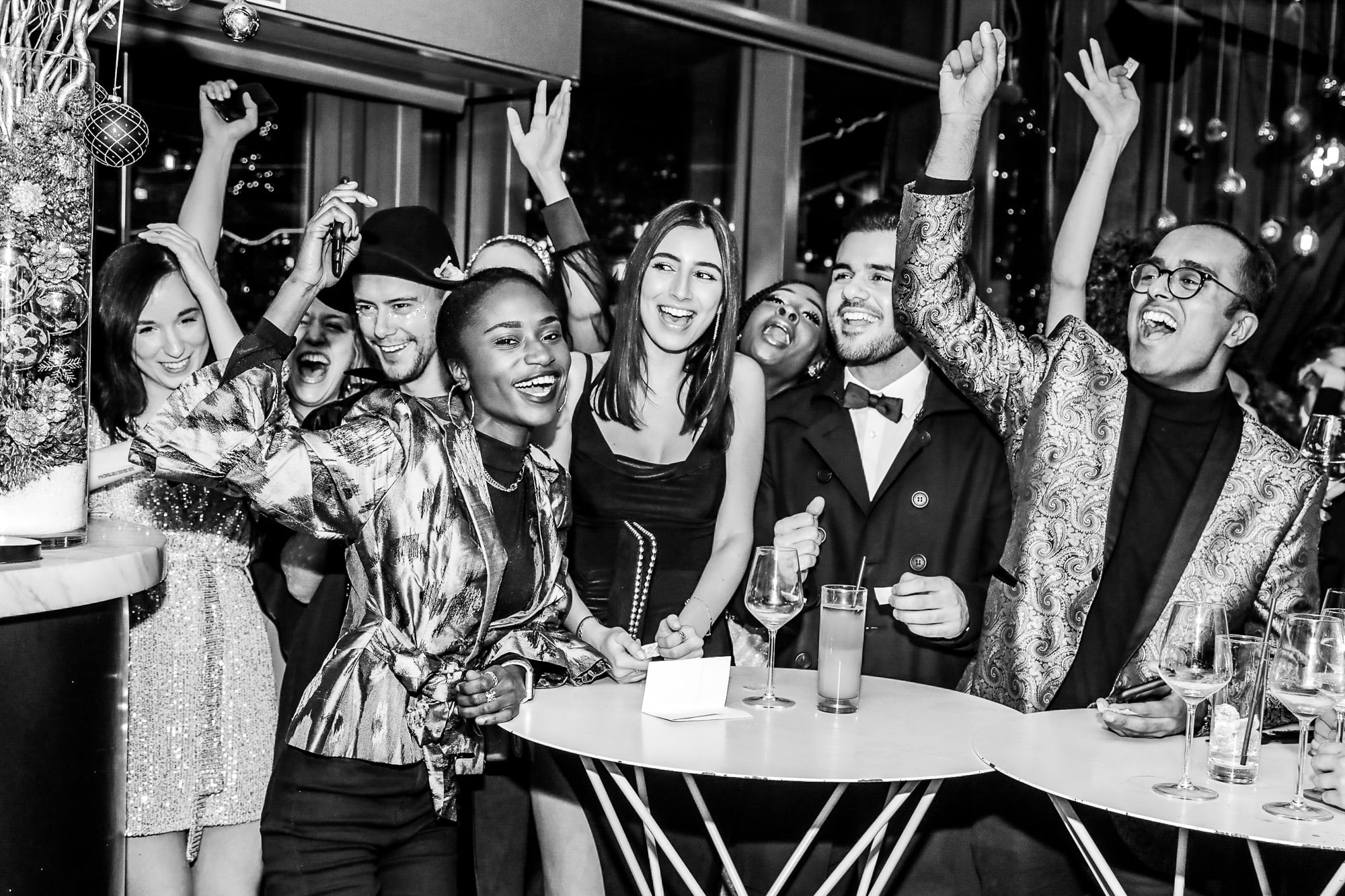
Remember that many people wouldn't like to be captured. Some guests prefer just to relax, and they are not interested in being shot.
In order not to annoy the guests or receive an aggressive reaction from one of them, follow the event photography etiquette. Always be very polite.
If you are asked not to shoot, just respect their requests. Besides, don't interrupt people's communication to photograph them.
8. Capture Candid Moments

Many people like how they look in candid photos, which means they are captured while behaving naturally instead of taking certain poses. When caught by a photographer informally, people look relaxed.
9. Wait for the Right Moment

As an event photographer, you need to feel the atmosphere and even anticipate when the next interesting moment will appear. However, this refers not only to your intuition, but also preliminary work and experience, when you find out in detail what exactly will happen at the event.
10. Don't Stay in One Place

To achieve creative event photography results, don't stay in one place. Many interesting things are happening in all corners of the room.
Spend some time near the main people of the event and then keep moving and capturing things going on around. Pay attention to the guest, decorations, even food and beverages. Be attentive and fast!
11. Reduce Editing Time
Editing event photos can take a lot of time, so to make your workflow more efficient I recommend you to adopt the following process of sorting photos:
- Evaluate all the pictures and divide them into 3 groups – 0, 3 and 5 stars. Reject zeros immediately. Three stars are the photos which cause some doubts. Five stars are those pictures that you’ll show to the client.
- Look through three stars one more time and pick the most successful ones. Then review five stars, as there may be some disappointing shots, which you didn’t notice at first.
- The images with 3 and 5 stars that undergone several checks are good enough to send to a client.
12. Provide Fast Turnaround
The more time passes after the event, the less emotional the customer will be about the pictures.
Getting an event photo right after the event itself is the best thing you can do. Delivering pictures in a week is also a good option. But a month or two is already too long.
13. Focus on Emotions

To get special event photography results, you have to catch emotions, people's expressions, laughter, dances, etc. A really cool event photo is about expressions. Therefore, look for situations with strong emotional essence.
14. Pay Attention to Details
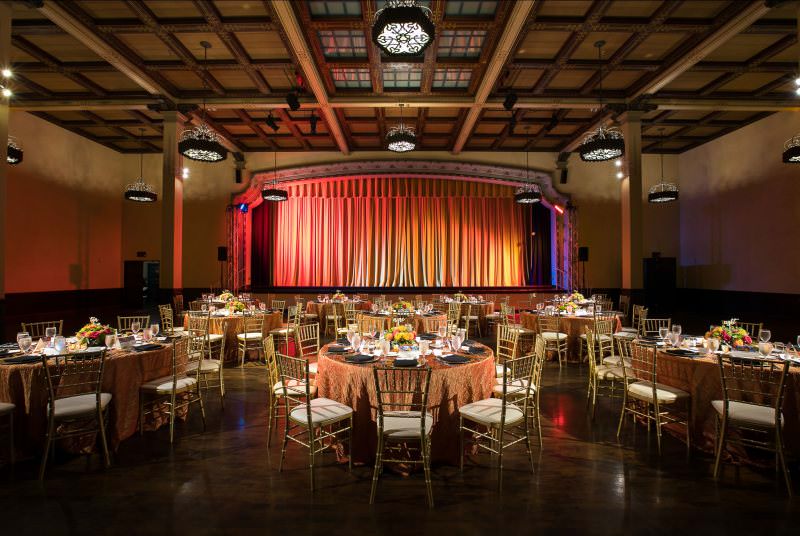
All small details play a role: table setting, desserts, invitation cards, decor, entrance area, reception, etc. Whether it's a birthday, a concert, or a conference.
15. Remember about Staged Photos
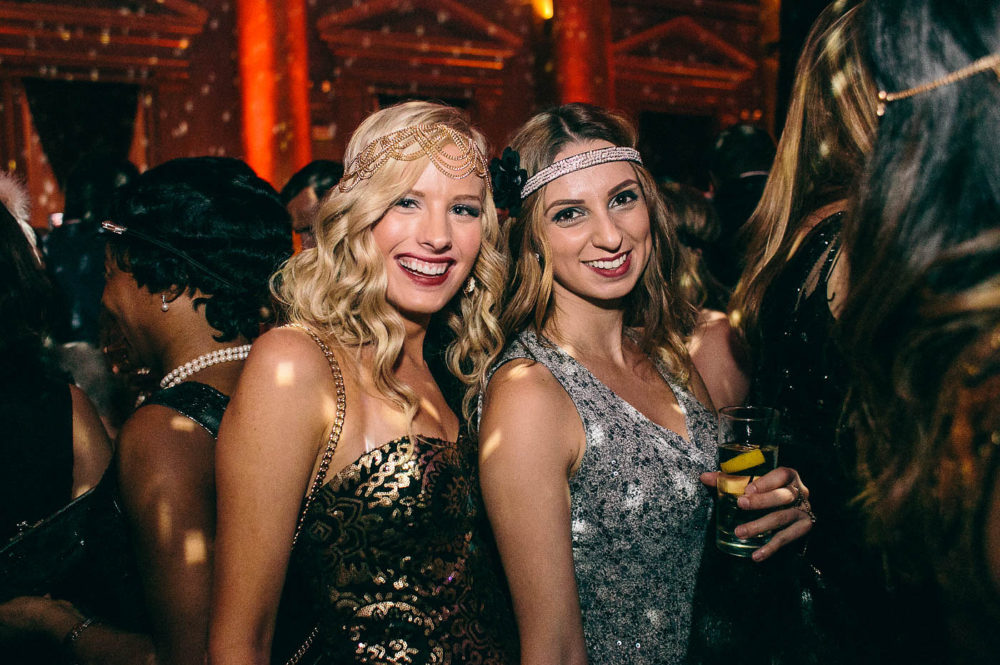
Even though everyone loves sincere event photos, sometimes posed images also do the trick. However, many people are afraid of the camera and therefore look uptight. That’s why, you need to prepare the list of relaxed poses in advance.
Another common problem for those who don’t like to pose is where to put hands. So make sure to have several hand poses prepared too. Feel free to encourage people to hug each other, laugh, or kiss.
16. Take Abstract Photos
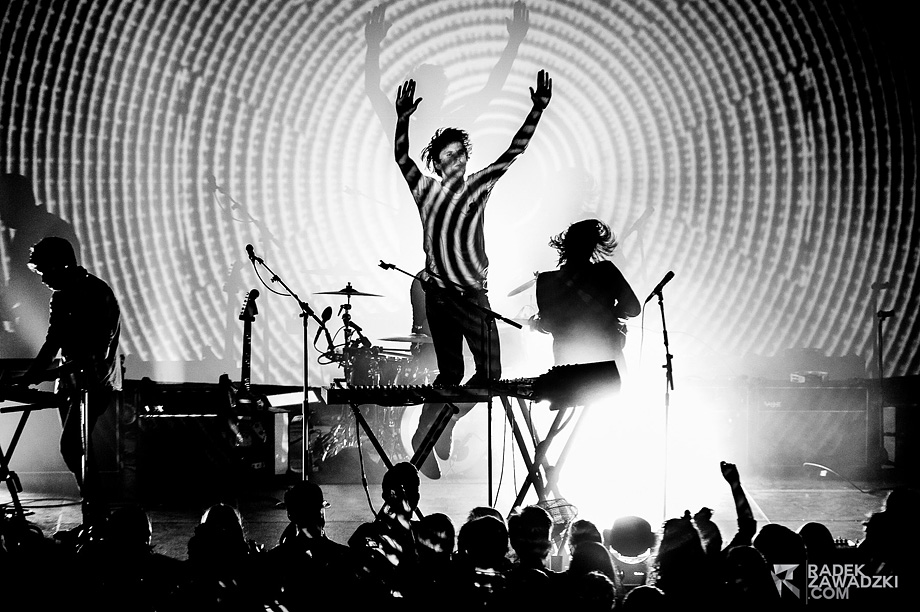
Abstract pictures show ordinary objects in an unconventional way.
The main purpose here is to excite emotion. While looking at an abstract event photo, a viewer will make up a plot in his/her head based on prior experience.
17. Look for Interesting Characters
At formal events such as weddings or conferences, it's easy to become a serious documentary photographer. However, remember to look for extraordinary individuals and non-standard people's interactions. They add an extra layer of interest to an event.
18. Sneak Backstage

Everyone is always interested in what is happening “behind the scenes”, how the preparation is going on, etc. If you have access to what happens "behind", be sure to use this opportunity. Such images help understand the process better and make viewers more engaged in the event.
19. Get Closer
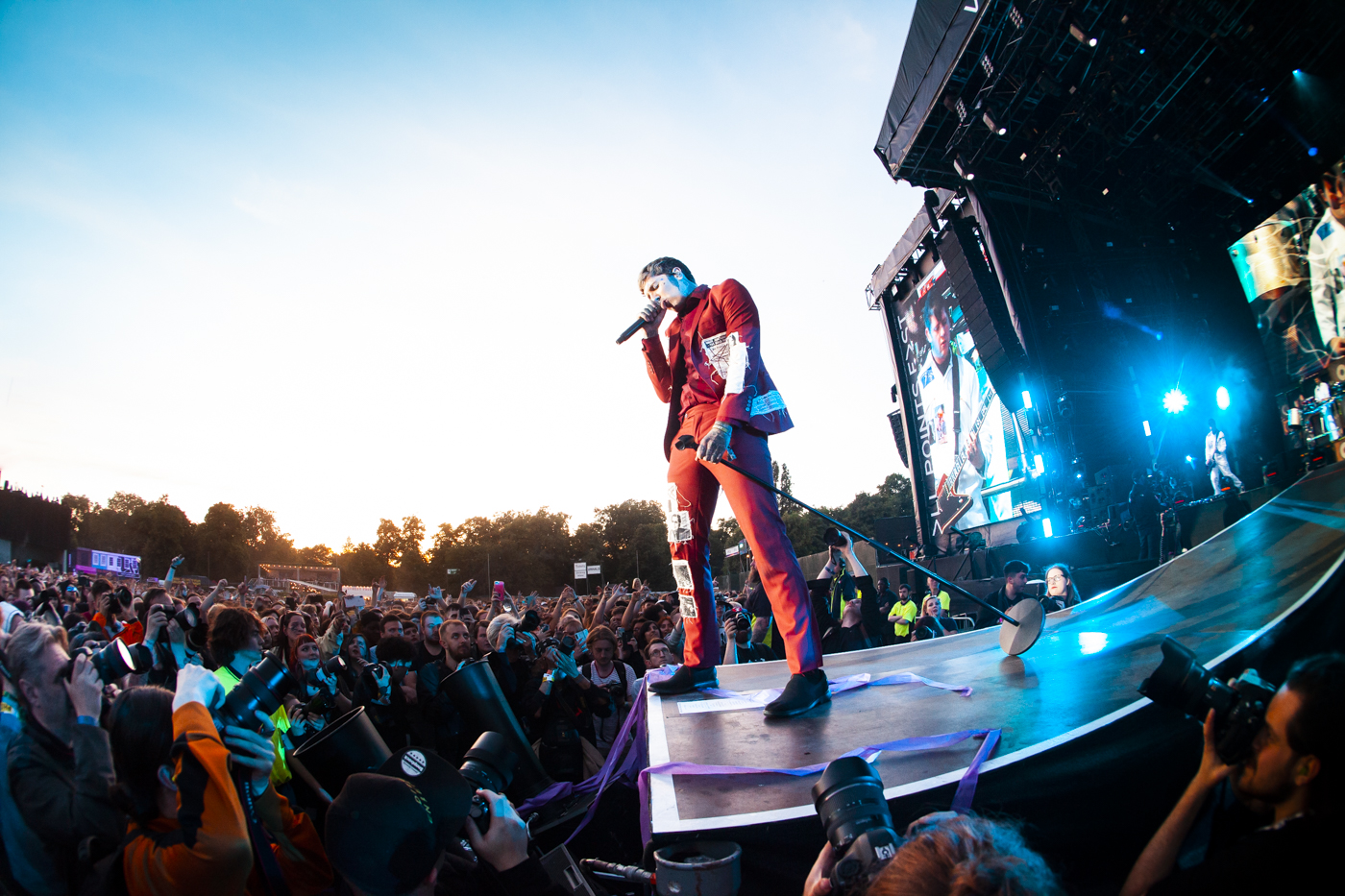
Zoom in and take some close-up shots. People like to see detailed images of them interacting, dancing and laughing. Take multiple shots from different angles.
20. Choose a Low Light Camera

If you are about to shoot an event indoors, be sure to grab the best low light camera.
Nikon D750 has a large 24.3MP sensor that can catch even the faintest light. Canon 5D Mark III can also shoot perfectly in low light conditions, and its price is reasonable compared to close competitors.
Definitely, it should be the highest megapixel camera capable of catching tiniest details.
21. Prefer Large Aperture Lenses

The best lens for concert photography and the best lens for wedding photography have a large aperture.
Use only the lenses with a max f/stop of 2.8 for low light event photography. Tokina 11-16mm f/2.8 AT-X116 Pro DX II gives a wonderful result in weak light with an f/2.8 aperture.
Lower f/stop is even better.
If you have a lens with an f/1.8 aperture, your pictures will come out brighter. Yongnuo 50mm is capable of blurring the background well at maximum aperture values (up to f/1.8), so you can perfectly highlight the key subject.
22. Use Additional Equipment

If you plan to shoot dark scenes, make sure to bring portable artificial lighting. You can use either continuous light or a flash.
Flash is easy to operate and is more popular among photographers. For example, Neewer NW-670 TTL Flash Speedlite is a worthy option. However, using this flash requires some experience, otherwise, the light will be harsh.
If you need something that is easy to use - you can choose the continuous light, but it tends to be distracting. I recommend having both sources of light at your disposal, just in case.
23. Take Extra Batteries and Cards
You need to take extra memory cards with you in case yours is full or get broken.
Keep in mind that the file size depends on the megapixel count in the camera. To save all the pictures you need, use the best SD cards for DSLR. It is better to take a large-capacity SD card or even a compact flash card.
There is also nothing worse than a dead battery in the middle of the event. Therefore, be sure to bring spare batteries too.
24. Select Burst Mode

Regardless of the camera you use – Canon or Nikon, you’d better switch to the burst mode and continuous focus.
Since guests always move and act, such settings allow you to track and capture their movement, without any blur.
25. Remember about ISO

For event photography, you need cameras with sensitive sensors. So, choose the best DSLR camera that can shoot at high ISO values without adding too much noise to a photo.
Freebies for Event Photography
If you want to make your images eye-catching, take advantage of high-quality free filters and plugins from FixThePhoto professionals.
1. Wedding Classic
It helps adjust shadows, contrast and white balance, add softness, increase color saturation and clarity.
Moon Light
To enhance the appeal of your photos through depth, use moonlight. It makes your images mesmerizing.
Sun Rays
Add realistic sun rays to your outdoor event photos with the help of this overlay. Your photos will become even more charming.
Matte Pro Black & White
Apply this simple matte action to add warmth to your images. Great for landscapes, nature, and portraits.
HDR Effect
Raise contrast in your pictures, using this action. You will get a classic HDR look with a full tonal range and intensified details.















